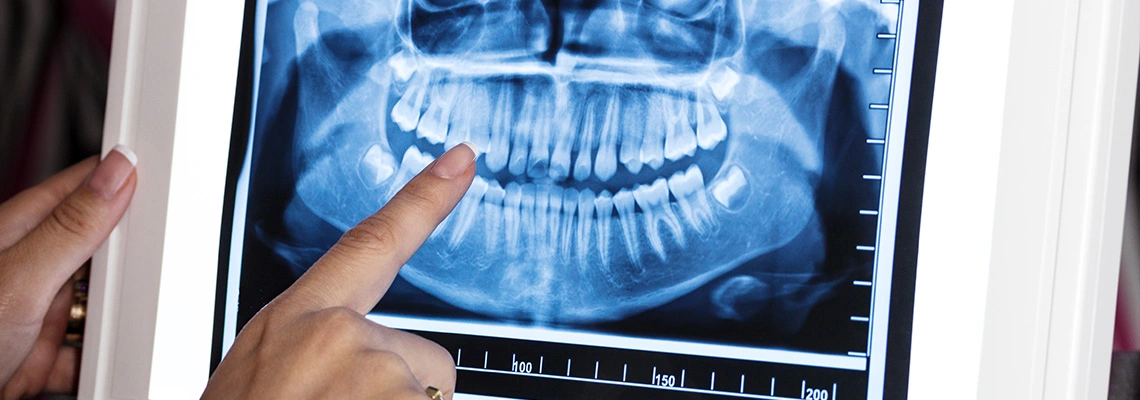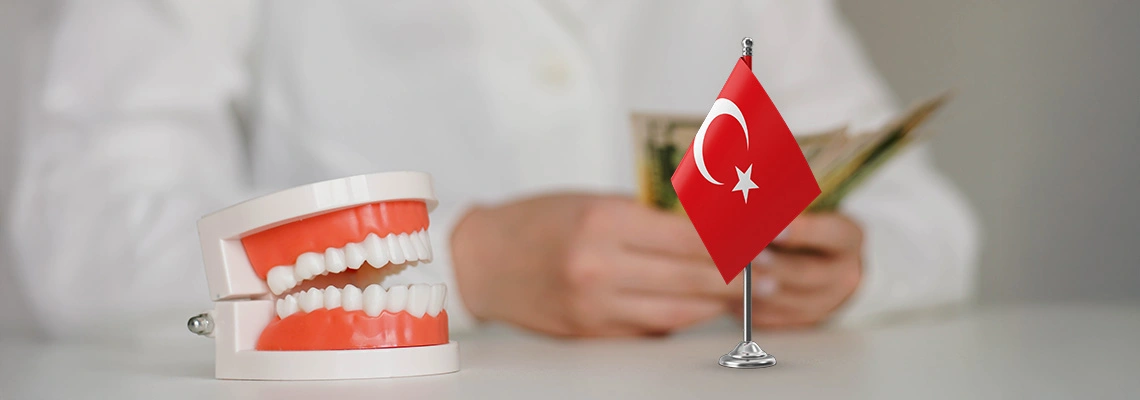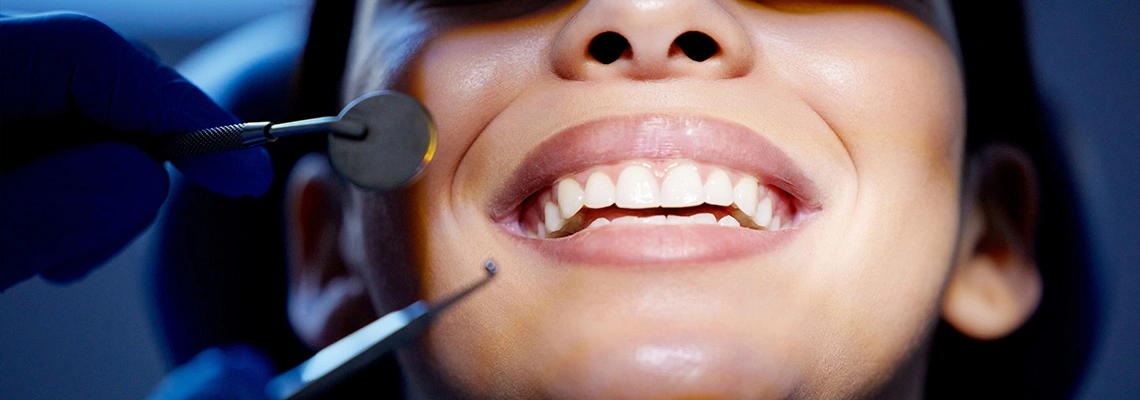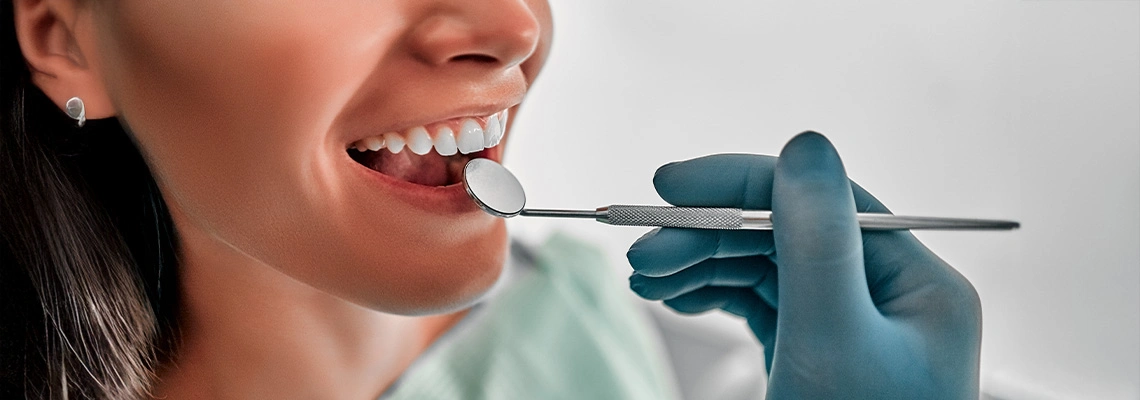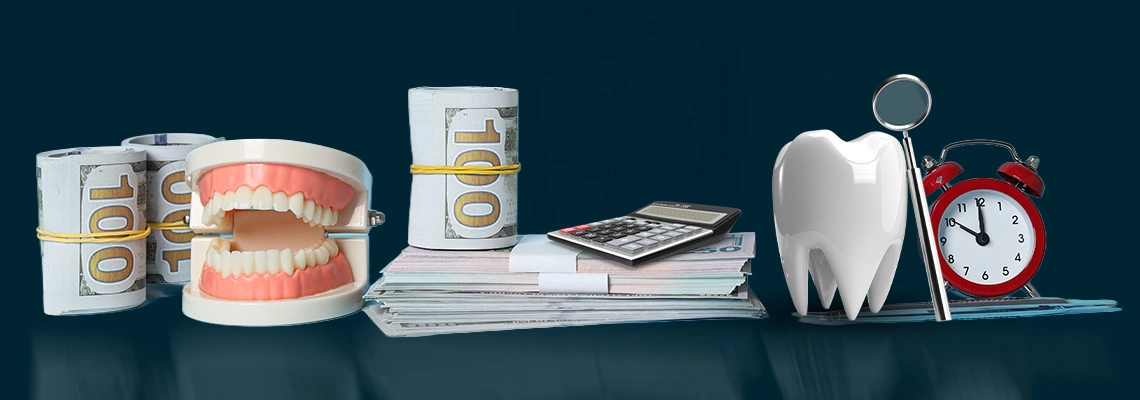The desire for bigger breasts or the need for breast reconstruction following accidents or tumor removal procedures have made breast augmentation one of the most common cosmetic procedures performed by women. Although many breast augmentation procedures are performed without any serious issues or complications, any woman considering the procedure must learn about all the steps involved and any potential side effects because, despite the attractive positive aspects of the procedure, there are some drawbacks that must be taken into consideration before performing the procedure. Before deciding to have any cosmetic surgery, a woman should consider the following: Are the advantages and advantages of the procedure worth the risks and probable complications?
Contents
Breast augmentation
Breast augmentation is a cosmetic procedure that involves inserting various types of implants, such as silicone and saline implants, to enhance or restore breast size. In other instances, fat is injected into the breast from a particular body part. The treatment enhances the contour, curve, and size of the breast, giving it a natural and more appealing look. The implants are put beneath the breast tissue or below the chest muscles. The procedure also aids in reversing some alterations that the breast may experience as a result of certain illnesses.
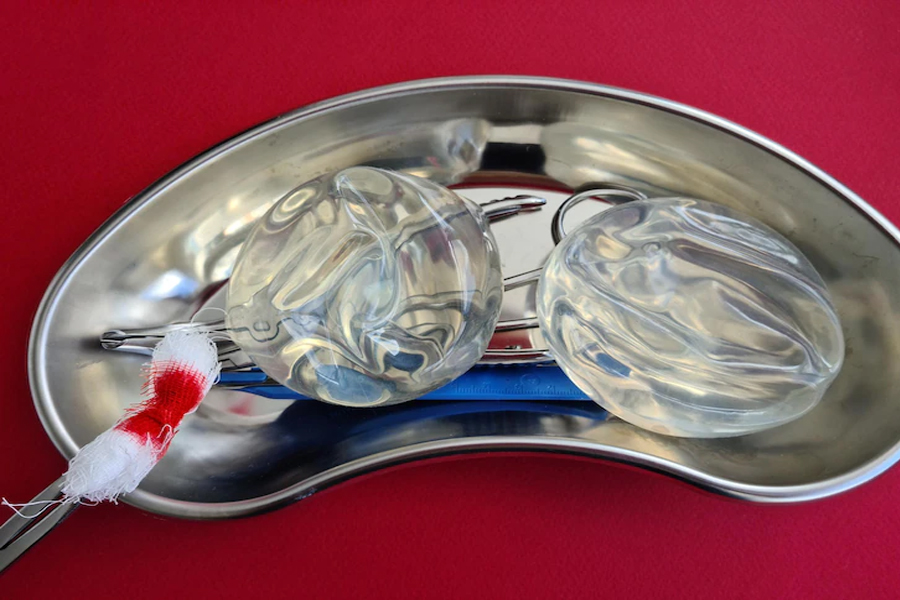
Why do women choose to get their breasts augmented?
The most significant medical and/or aesthetic reasons why women get breast augmentations are:
cosmetic factors
Obtain ample breasts.
to make the lady's attire more flattering and to regain her attractiveness and self-assurance.
Medical causes
- Asymmetry in the size and/or form of the breasts, which might make the lady uncomfortable.
- repairing some flaws brought on by hereditary and congenital conditions that may have an impact on the size and contour of the breasts.
- Due to aging, pregnancy, delivery, nursing, or drastic weight reduction, the breasts may droop or lose their natural contour.
- after breast-area excision and curettage procedures to repair the breast and enhance its look and form to the greatest extent feasible.
What drawbacks do breast augmentations have?
Breast augmentation is one of the major operations, and the decision to have it done is a significant and personal one because it will affect how your body and your breasts look in general. All plastic surgeries have drawbacks and risks that a woman must consider when thinking about having them done, especially when they are done without a medical need. medical. These are a few of its drawbacks:
- The majority of breast augmentation procedures are carried out under general anesthesia, which raises the operation's risk and the likelihood of problems both during and after the procedure, particularly in those with cardiac or pulmonary conditions.
- In most circumstances, you must take time off work, relax, and cease engaging in physical activity like lifting objects off the ground or carrying large weights because doing so might prolong your recovery time by up to 6 weeks and cause delays and interruptions in your job.
- A surgical incision that varies in size depending on the fillings used and the location of implantation is required to implant the fillings beneath the breast tissue or the chest muscles. Incisions made during surgery can leave a variety of scars, especially if the physician is inexperienced or unskilled. As a result, you should seek out an experienced surgeon and learn about their techniques before having the procedure done.
- Following breast augmentation, some women are unable to breastfeed due to the loss of some breast tissue and milk-secreting glands.
- All women who have had breast augmentation find mammography more challenging, and the doctor may need to use a variety of techniques to obtain a quality image of the breast when necessary.
The most significant of these are:. Breast augmentation, like other cosmetic procedures, has the risk of various adverse effects and consequences. Despite being uncommon and infrequent, this risk must be taken into mind.
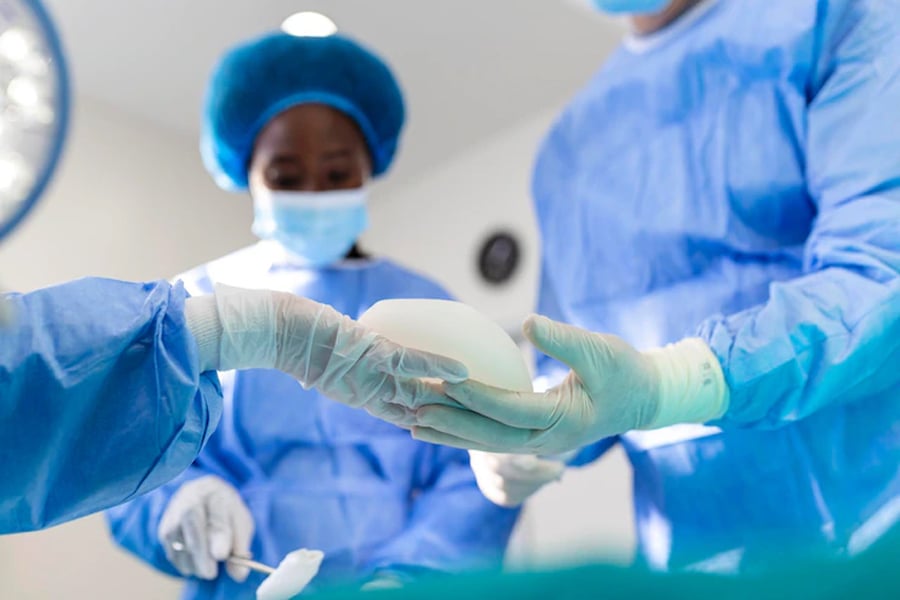
difficulties with the local operation
They can be treated surgically or non-surgically and affect at least 1% of people. Non-surgical treatments include:
- Breast asymmetries that could need future surgeries.
- either a breast or nipple ache.
- a shrinkage of the breast's skin or tissue.
- the development of breast calcifications
- At the site of the procedure, a hematoma or seroma developed.
- Filling rejection due to the immune system.
- Sepsis or infection
- a shift in breast-region sensation.
- damage to the under-breast anatomical structures.
- a skin scar.
- necrosis
Contraction of the capsule
The breast tissue surrounding the implant has become more stiff and firm. Either breast may be impacted. The tissue becomes tighter due to the contracture, which hurts the affected area. Although infection, hematoma, and seroma are prominent causes of the contracture, its primary etiology is still unclear. It has a rating with four different degrees:
- Breast tissue in Grade I is typical and soft.
- Grade II: Texture is a little firm, but it looks realistic.
- Grade III: Firm and shaped atypically are the breast tissues.
- Grade IV: The breasts are uncomfortable, hard, and unnatural-looking.
Rupture or shrinkage of the fillings
It may be brought on by a variety of factors, such as capsular contracture and excessive pressure during a mammography procedure, harm to the implant after breast surgery, trauma, or extremely high physical pressure.
Situations where breast augmentation is inappropriate
Even though breast augmentation is one of the most frequently performed operations worldwide and has increased in acceptance and popularity, particularly with the advancement of the techniques used in it, there are still some unique situations where breast augmentation may not be appropriate and is contraindicated. In order to avoid undergoing any operations that might not be suitable or required, it is crucial for the lady to be honest with her doctor when answering his questions. We briefly discuss the most significant of these scenarios below:
- Age under 18: Teenage girls' breasts continue to grow and develop between the ages of 20 and 30; if you want to have the procedure, your breasts must develop and expand in order to do it.
- Women who are expecting or nursing: All pregnant women should refrain from having any type of surgery while they are expecting because the procedures, especially those requiring general anesthesia, have an impact on the health of the mother and her unborn child. Similarly, lactating women should refrain from having breast augmentation surgery while they are nursing because the procedure alters the breast tissue and glands. the distance it possesses. cases:
- Infection: Even if the procedure is cosmetic, it is still a serious procedure, thus it is crucial for the lady to be in excellent condition to ensure a full recovery from the procedure and to avoid infection that might result in complications both during and after the procedure.
- unrealistic and unreasonable expectations for the operation's outcomes: Plastic surgery may significantly alter a person's life; thus, no one should have plastic surgery without understanding the potential outcomes since doing so with unrealistic expectations might have long-term psychological and physical repercussions.
- anything associated with it: Breast augmentation is a big procedure that necessitates a recovery period and could be connected with dangers like other surgeries, therefore the patient must be aware of all the processes involved before the procedure in order to ensure that the recovery period goes as smoothly as possible.

